Celebrating 70 Years of WERS
By David Ertischek ’01
with contributions by Rebekah Kallgren
If only we could have everyone who performed at WERS through the years sing a chorus of “Happy Birthday” to celebrate the station’s 70th birthday.
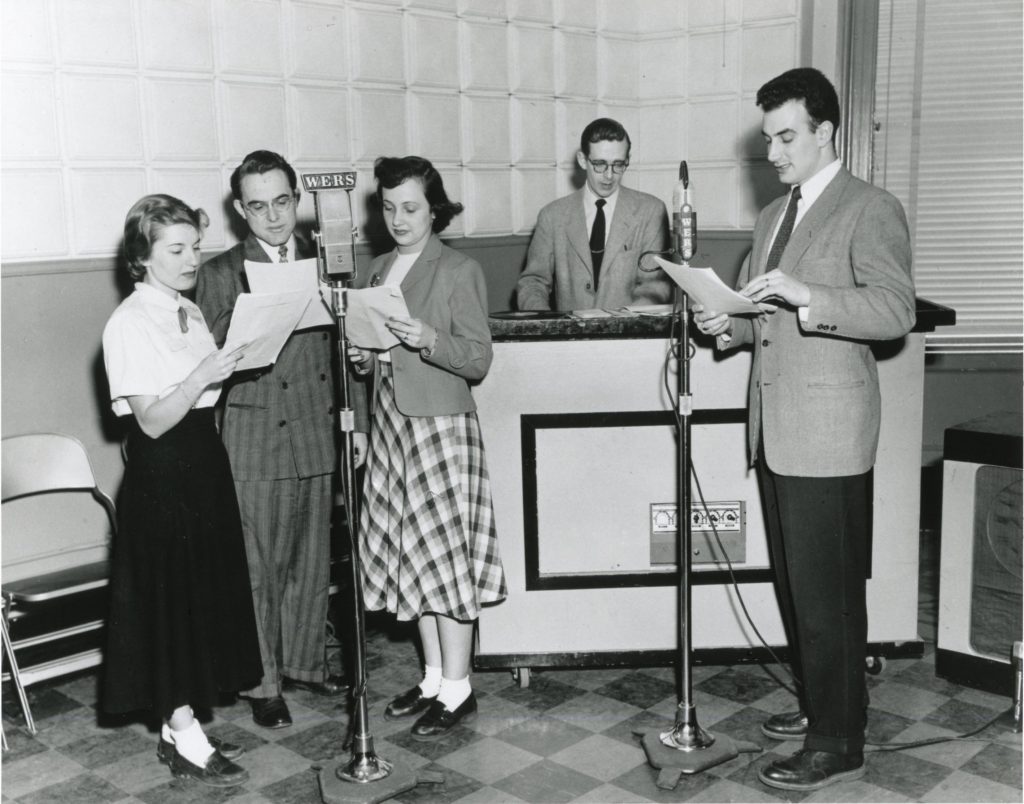
We could have a refrain from The Pixies, who performed at WERS in 1987. Or a rendition from The Decemberists. How about Willie Nelson, who sang with the acoustic duo Folk Uke, comprised of his daughter, Amy, and Arlo Guthrie’s daughter, Cathy Guthrie. Or the rumored and mythical performance of Ray Charles back in the day. Or the alleged Nirvana appearance in the 1990s.
But long before those notable performers may or may not have taken over 88.9 FM, WERS was born with a very different sound.
Photos: The Early Years of WERS
WERS started broadcasting November 2, 1949, after radio professor Charles Dudley successfully petitioned the Federal Communications Commission (FCC) for a license to allow students to broadcast on a non-commercial station. The station’s home was at 130 Beacon Street, and remained there until 1998, when it moved into its current residence at the beautiful studio in the Ansin Building.
The original platform of WERS was very different compared to the WERS we know today. Programming for the radio station was meant to be “stimulating and wholesome…of an informative and educational nature,” according to A Century of Eloquence: The History of Emerson College by John Coffee, Jr. and Richard Wentworth.
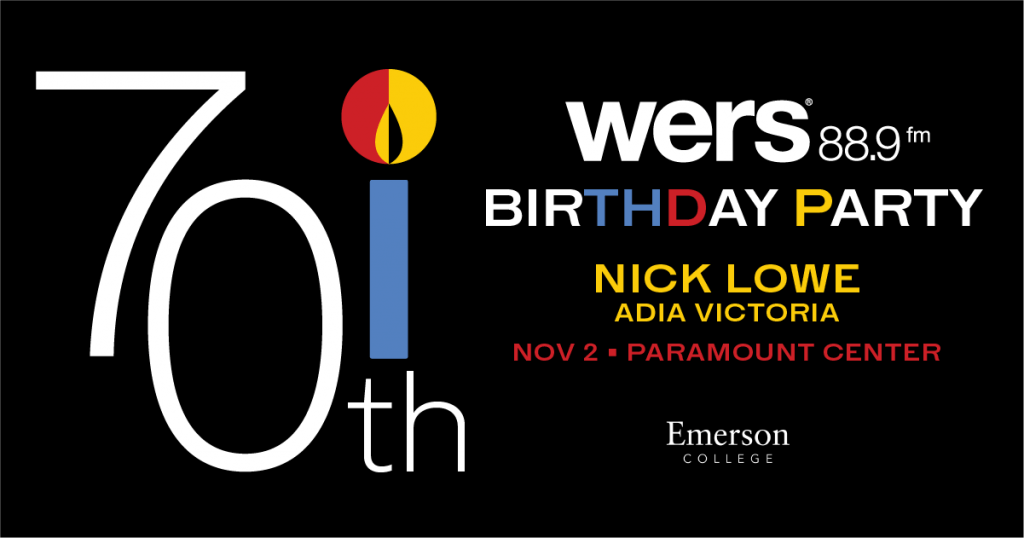
WERS’ 70th Birthday Party is on November 2 with music by Nick Lowe and special guest Adia Victoria at the Paramount Center. (Sorry, the party is already sold out!)
Music was primarily classical and semi-classical, and the station provided a space for students to hone their performance and writing abilities through such other programming as on-air debates, documentaries, dramatic performances, and news programs.
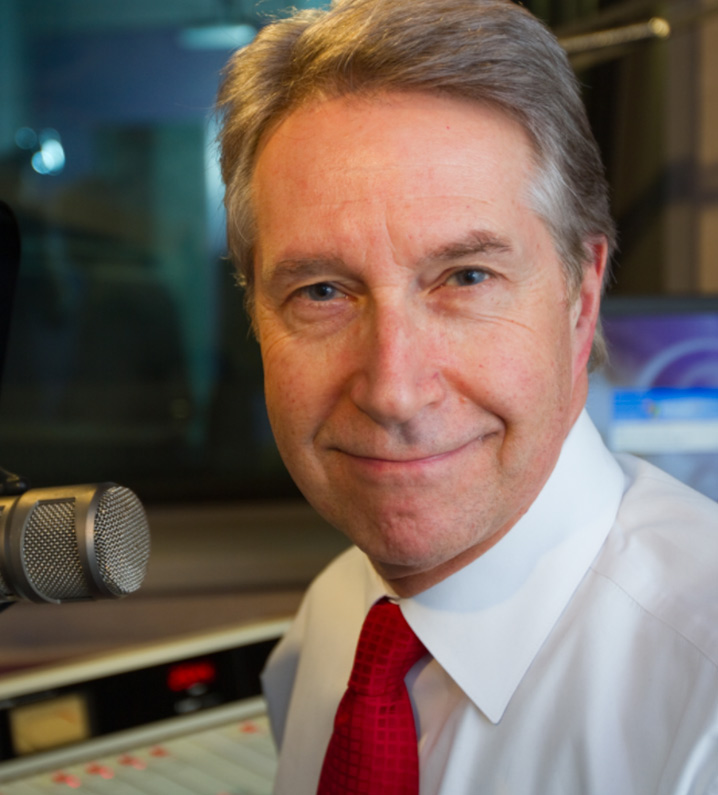
“When I was here it was classical, opera, long-form documentaries, and a ton of news,” said Jack Casey ’69, general manger of WERS.
Through five decades (sans the 1970s), Casey has seen the evolution of WERS. First as a student, then as an adjunct faculty member starting in 1983, and he became the GM in 2004. Casey shared what he thinks is the best thing about WERS.
“It’s uniqueness. That we’re the best of all possible worlds in audio media, in my opinion. We’re a terrestrial radio station, and a digital audio stream. We embrace and promote local music,” said Casey. “We’re driven by the creativity of students and hopefully, the hard-earned wisdom of professionals.”
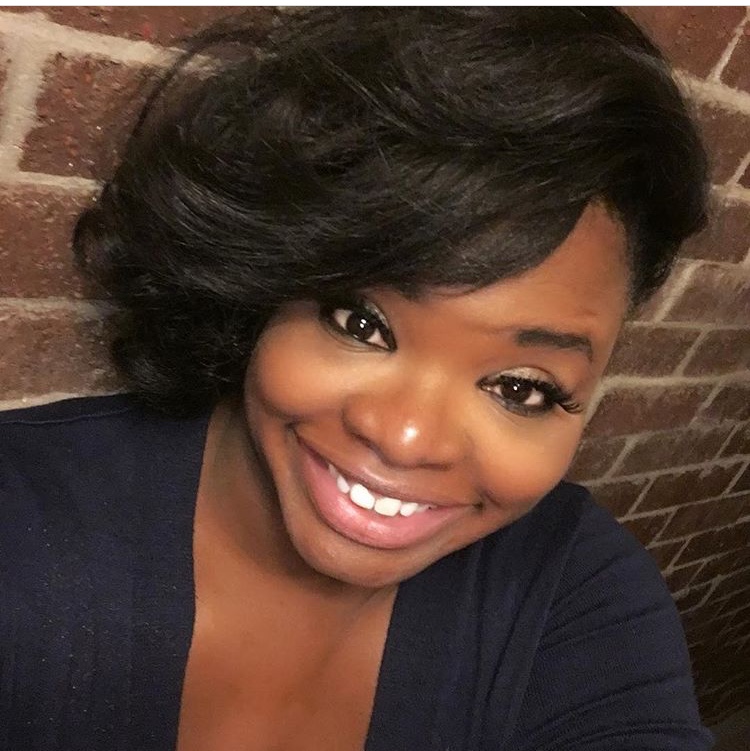
And the professionals of WERS taught Emersonians like WERS Hall of Famer Tina Martin ’96 how to be a professional. Martin hosts the Local USA series on WORLD Channel/WGBH, and is an associate professor of journalism at Boston University. She fell in love with that aspect of WERS before she was even a student.
Martin recalled a campus tour she took with EBONI.
“[WERS Operations Manager] Howard Simpson was prepping for a show and everything was so professional…the equipment, the set up, his on-air presence,” said Martin. “I remember asking one of the tour guides how much people get paid for being on WERS. She said, ‘Nothing, we are students!’ We laughed and right then I knew I had to be a part of what was happening at Emerson and at WERS. It was clearly very special.”
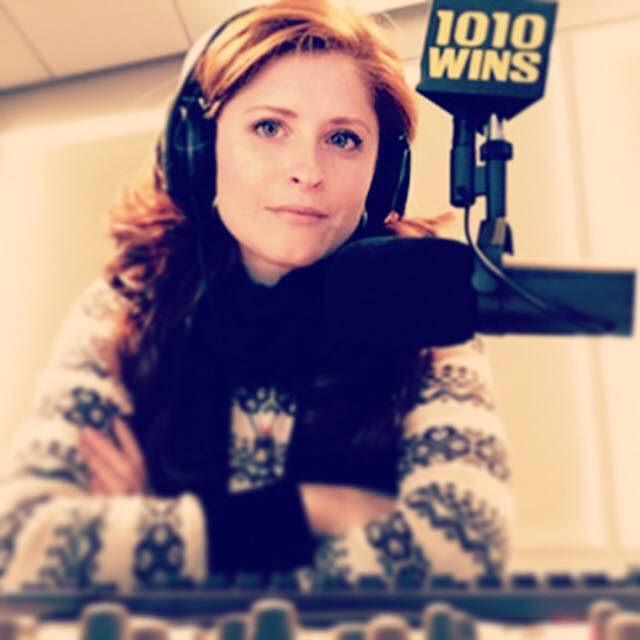
Fellow WERS Hall of Famer and 1010 WINS anchor/reporter Sonia Rincon ’01 agreed.
“I found my voice at WERS. Going from journalism class right to the studio allowed me to put everything I was learning to the test.”
During Martin’s and Rincon’s eras, the station had specific shows, but that changed in the 2000s, as Casey and former employee Alden Fertig ’03 realized appointment listening was dated. Thus the weekday program was consolidated, though the popular weekend shows like Standing Room Only and kids’ favorite The Playground, continued to air and still do today.
The station seems to be onto something. This year, the Princeton Review called WERS the number one college radio station in the country.
“People tend to forget about radio when it’s done well. You can’t duplicate it with artificial intelligence, or algorithms, or any kind of technology,” said Casey.
“But radio technology, as dated as it may be, is the link, the bridge, the conduit, from one human being to another. Whether it’s an on-air personality who is a student or professional staff who form a relationship with listeners, to me it’s really — not to be too cheesy — it’s really a sacred relationship.”
Categories